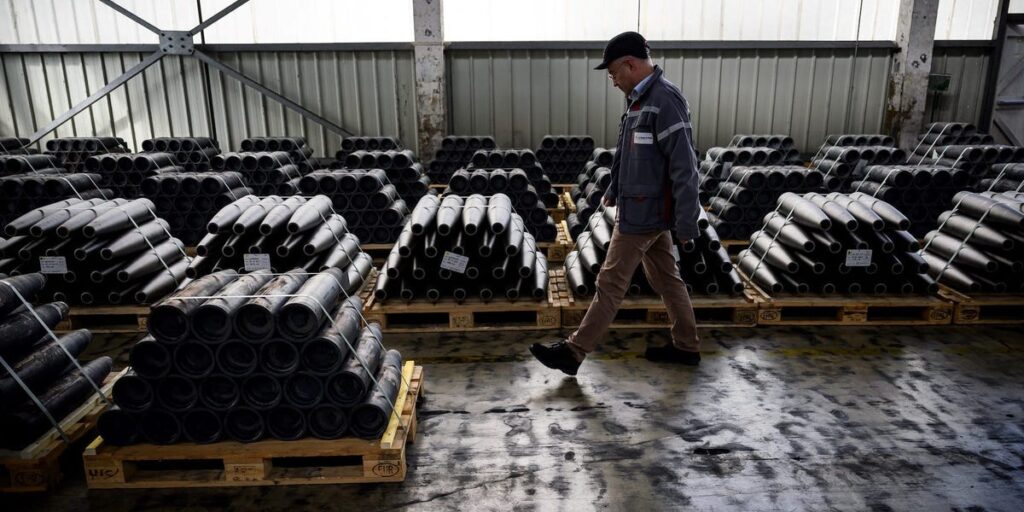subscribers. Become an Insider
and start reading now.
Have an account? .
- Poland is looking to dramatically boost its artillery shell production, notably 155mm shells.
- Poland’s biggest arms manufacturer, PGZ, is being given $633 million to increase its supply.
- This comes as the war in Ukraine drags on and tensions are high in the Middle East.
Poland is planning to significantly boost its production of artillery shells, including 155mm ammo used by howitzers.
Amid the intensifying threat from Russia, Polish state assets minister Jakub Jaworowski told the Financial Times that the Polish government is set to provide state defense manufacturing group PGZ with $663 million to ramp up production.
He said the goal was to boost production of 155mm artillery shells, which have been heavily used in Ukraine, as well as 120mm shells fired by tanks.
“Our goal in the short term is to significantly increase domestic production of this type of armament, as well as to become independent of foreign supplies and build a sustainable base for national autonomy,” Jaworowski said.
As the Russian invasion of Ukraine has developed into a war of attrition, old-fashioned artillery munitions have played a key role, with both sides firing thousands of rounds a day.
The 155mm shell, which is fired by the Western-made howitzers used by Ukraine, has been particularly important.
However, the war has exposed shortfalls in Ukraine’s Western allies’ capacity to produce enough ammunition to supply Ukraine’s war effort and also build up their own stockpiles.
PGZ, one of Europe’s largest arms manufacturers, aims to increase its production of large-calibre shells from about 30,000 a year to between 150,000 and 180,000 annually over the next six years, per the FT.
Poland isn’t the only European nation seeking to increase its production of 155mm shells. The UK’s BAE Systems has said it is seeking a sixfold increase in its production this year.
Ukraine has also partnered with German defense firm Rheinmetall to boost artillery production within its borders.
Read the full article here


